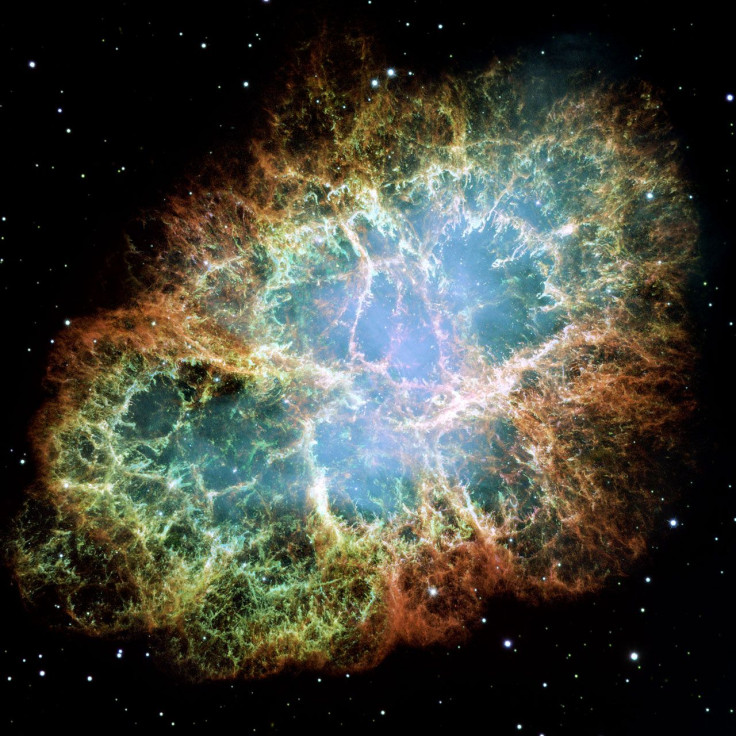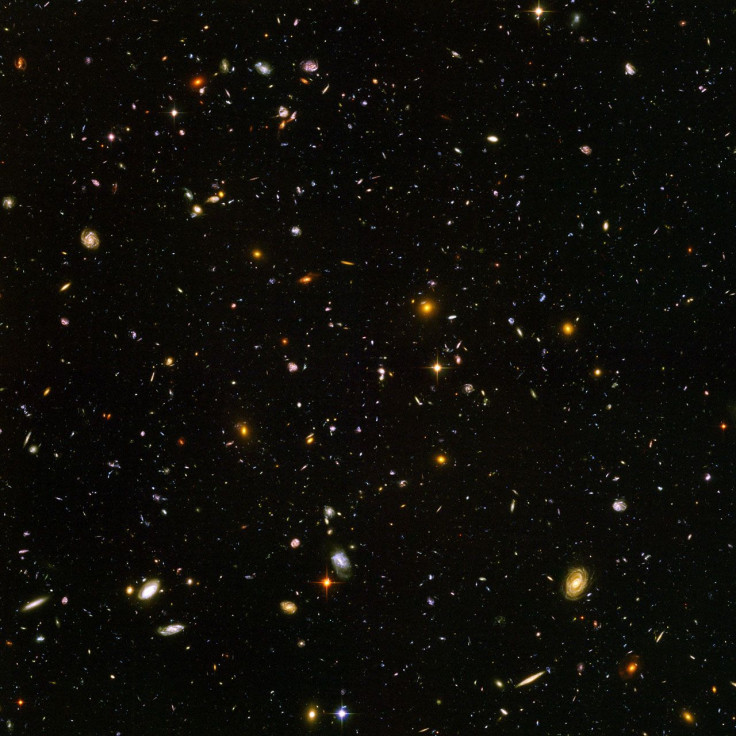Hubble At 25: How The Space Telescope Survived An Embarrassing Start To Change How We View The Universe

After decades of development, NASA finally breathed a sigh of relief April 24, 1990. The Hubble Space Telescope launched into orbit aboard the space shuttle Discovery and the space station eagerly awaited the first photos -- only to be disappointed by what happened next. Much like a kid on Christmas getting socks instead of that year's must-have toy, the first photos from Hubble were underwhelming and blurry. A miscalculation led to its primary mirror being the wrong shape, which led to the focusing issue.

The stakes were high for NASA, its partners -- including the European Space Agency -- and the $1.5 billion Hubble. "'It appears now that there was a reflective region around the pinhole and that the light beam was reflected off that surface rather than the end of the metering bar, introducing a difference of about 1.3 millimeters," Dr. Lew Allen, then-director of NASA's Jet Propulsion Laboratory, said in a statement regarding the team's findings. After discovering the mistake during the polishing phase, NASA had to develop a new camera and schedule a servicing mission to fix Hubble.
The Hubble Servicing Mission would not take place until 1993, but what's three years after waiting close to 50? Astrophysicist Lyman Spitzer -- who would get a space telescope named after him in 2003 -- first proposed the idea of a space telescope in 1946 and led the efforts at NASA to develop the project. The National Academy of Sciences approved the Large Space Telescope project in 1969 and it would take another 16 years to complete what became the Hubble. NASA had to consider which agencies and contractors would develop and build Hubble, approve the number of instruments it would carry, and decide how to get Hubble into space.

The space telescope -- named after American astronomer Edwin Hubble, who proved the existence of galaxies beyond the Milky Way -- would quickly live up to its potential after Servicing Mission (STS-61). Hubble was fitted with an upgraded ultraviolet camera -- the Wide Field Planetary Camera 2 (WFPC2) -- and a pair of glasses to correct the flaw. The Corrective Optics Space Telescope Axial Replacement (Costar) is a set of five mirrors that was installed in front of the Goddard High Resolution Spectograph (GHRS), the Faint Object Camera and the Faint Object Spectrograph (FOS).
NASA astronauts Story Musgrave and Jeffrey A. Hoffman removed the Wide Field Planetary Camera and installed the WFPC 2 in two separate spacewalks. Fellow astronauts Thomas Akers and Kathryn Thornton replaced the solar arrays and gyros and installed Costar during two spacewalks. A third spacewalk -- the fifth and final one for the servicing mission -- replaced the solar array drive electronics, deployment mechanism and the GHRS' electrical connection.

Subsequent servicing missions would replace the GHRS and FOS with the Space Telescope Imaging Spectrograph and the Near Infrared Camera and Multi-Object Spectrometer in 1997. Hubble's computer was upgraded while the Fine Guidance Sensor and gyroscopes were replaced in 1999. The FOC was replaced by the Advanced Camera for Surveys and Hubble received new solar arrays in 2002. The last servicing mission in 2009 installed the Wide Field Camera 3 and the Cosmic Origins Spectrograph along with other components in 2009.
Hubble continues to deliver amazing views of the universe 25 years after it launched. The space telescope will be replaced by the James Webb Space Telescope in 2018, but it won't be forgotten.
© Copyright IBTimes 2024. All rights reserved.











